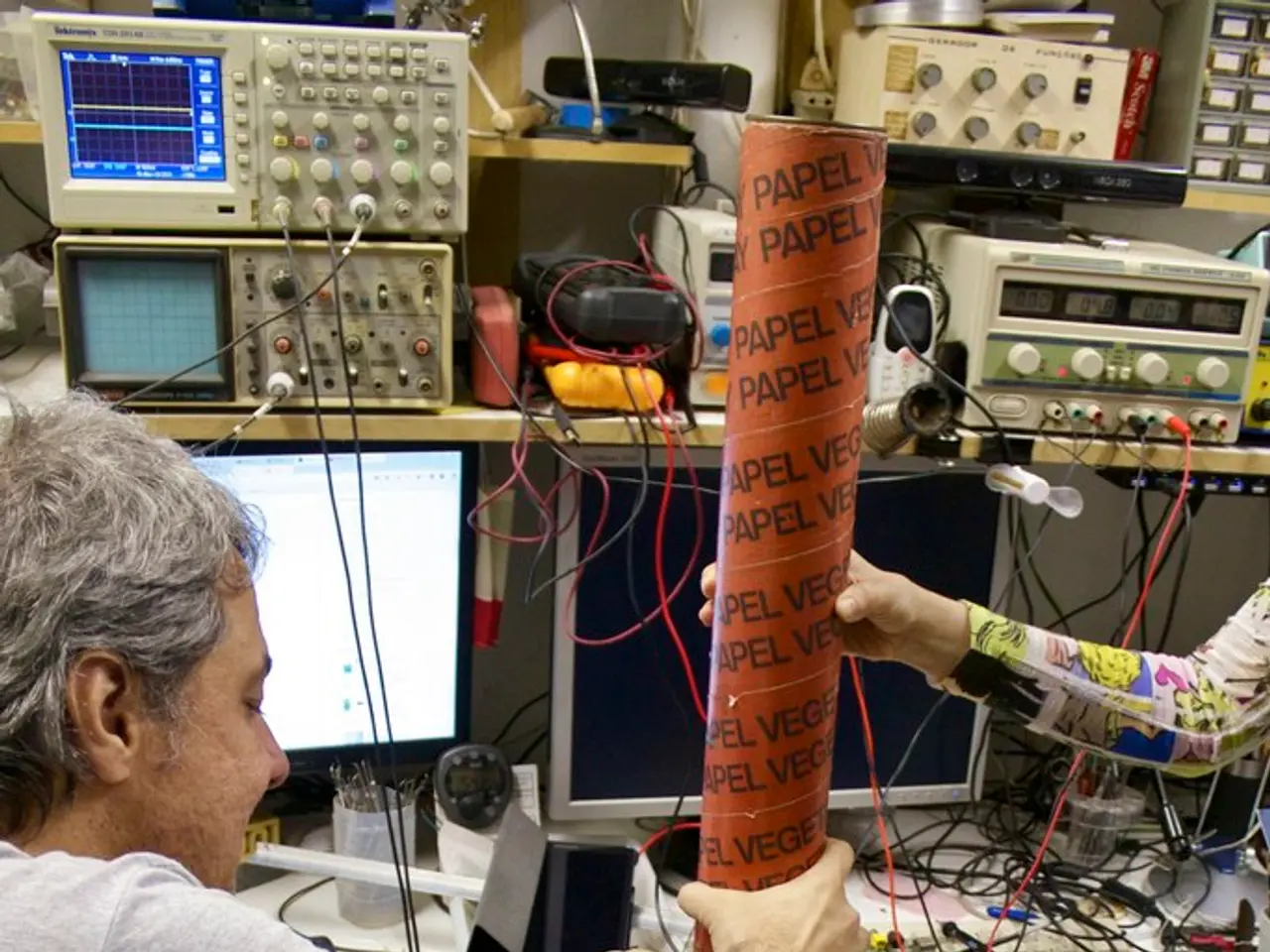Exploring the Mysteries: Understanding the Role of the Visual Cortex
The visual cortex, a small but crucial part of the brain located in the occipital lobe at the posterior of the brain, plays a vital role in processing and interpreting visual stimuli. This intricate network of cells works tirelessly to shape our perception of the world, enabling us to recognise and interpret visual information effectively.
Located along the calcarine sulcus, the primary visual cortex (V1) is the first point of processing for visual input from the thalamus. V1 is responsible for detecting basic visual features such as line orientation, spatial location, and movement. It also contains a detailed map of the visual field, ensuring that every point in the visual field corresponds to a specific spot in the cortex. This process, known as retinotopic mapping, is essential for accurate visual perception.
V1 also combines information from both eyes, a process known as binocular integration, which is crucial for creating a unified image and understanding depth. This integration is the first step in a hierarchical processing mechanism that involves feature detection, integration, and information relay to higher-level visual areas such as V2 and V3 for further processing of complex aspects like color, shape, and motion.
The visual cortex is not a solitary player in the process of visual perception. It works in concert with other regions, similar to an orchestra, to represent and process visual information comprehensively. V1 is responsible for integrating information related to color, shape, and movement to form a coherent visual image. This integration is crucial for helping us make sense of the visual world.
Damage to the visual cortex can result in significant visual impairments, highlighting its essential role in visual perception. However, the visual cortex can be trained to improve vision and overall brain function through visual exercises and brain training games. Puzzles, games, and sensory and motor activities can help train and enhance visual perceptual skills.
In conclusion, the visual cortex's ability to process and integrate visual information shapes our perception by enabling us to recognise and interpret visual stimuli effectively. This intricate network of cells, organised hierarchically, processes various features within an image, including color, shape, and movement, and works in collaboration with other regions of the brain to create a meaningful and coherent representation of the visual world.
Science has revealed that the visual cortex, a pivotal part of the brain, plays a significant role in health-and-wellness by shaping our perception of the world, thanks to its ability to process and interpret visual stimuli. This network of cells, through therapies-and-treatments like fitness-and-exercise, puzzles, games, and sensory-motor activities, can be trained to improve mental-health and brain function. A compelling example of this is its potential to mitigate visual impairments. In the realm of health-and-wellness and mental-health, nutrition also has a role in optimizing the brain's overall function, ensuring that the brain can perform at its best while processing visual information.




